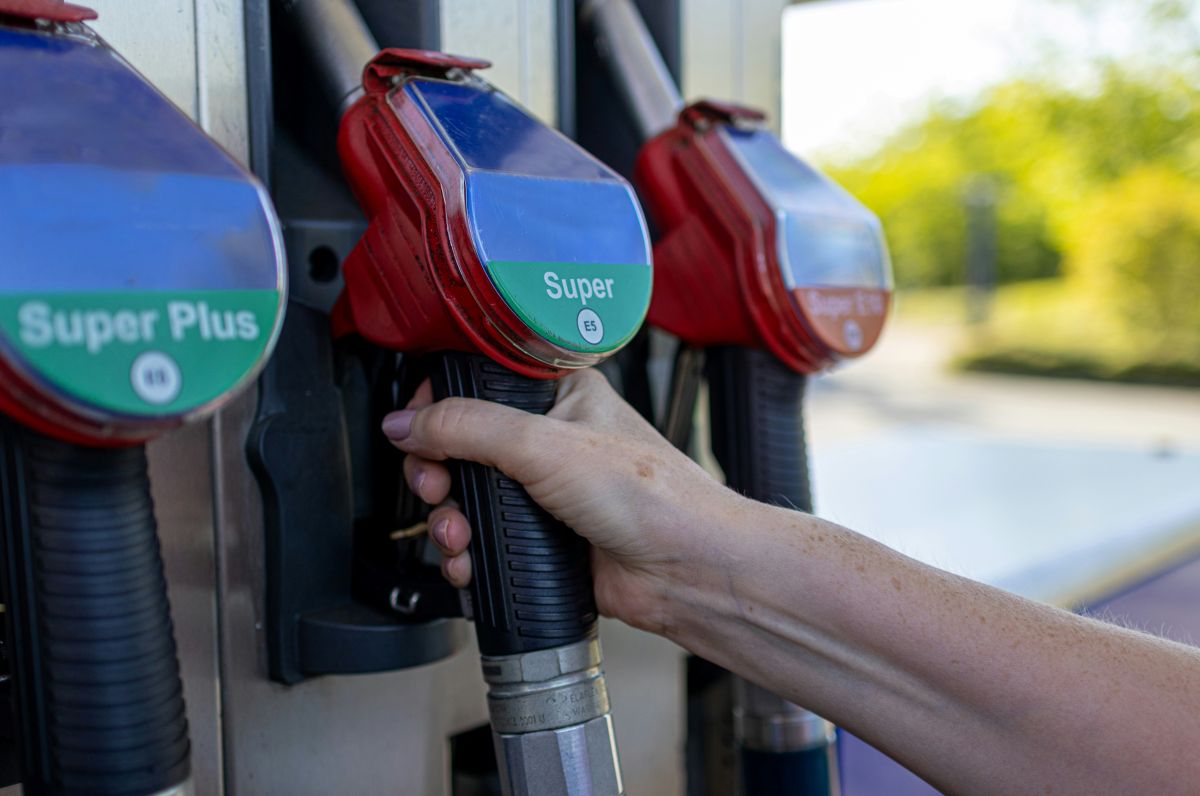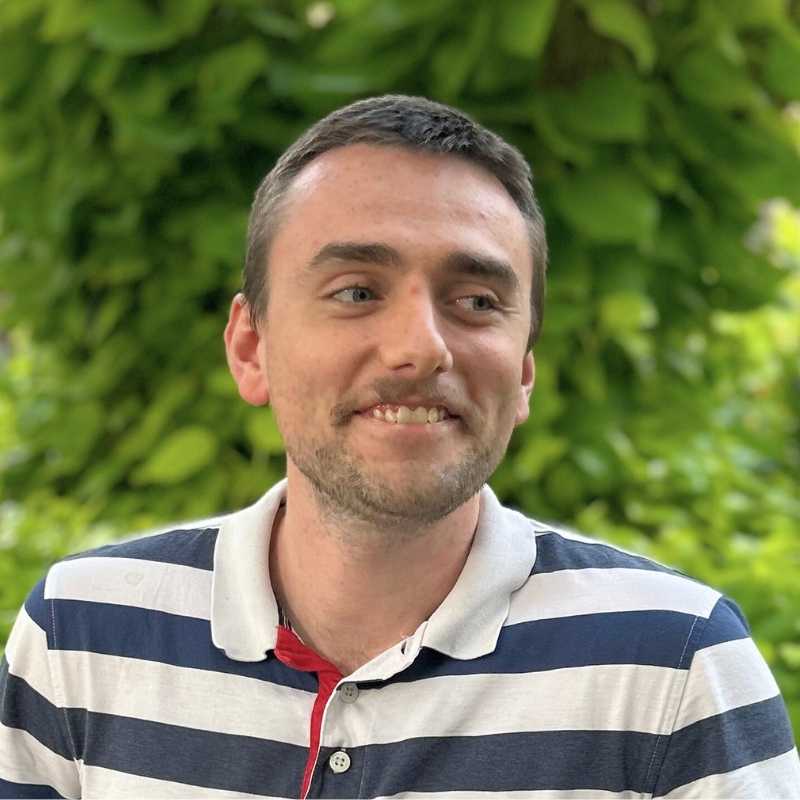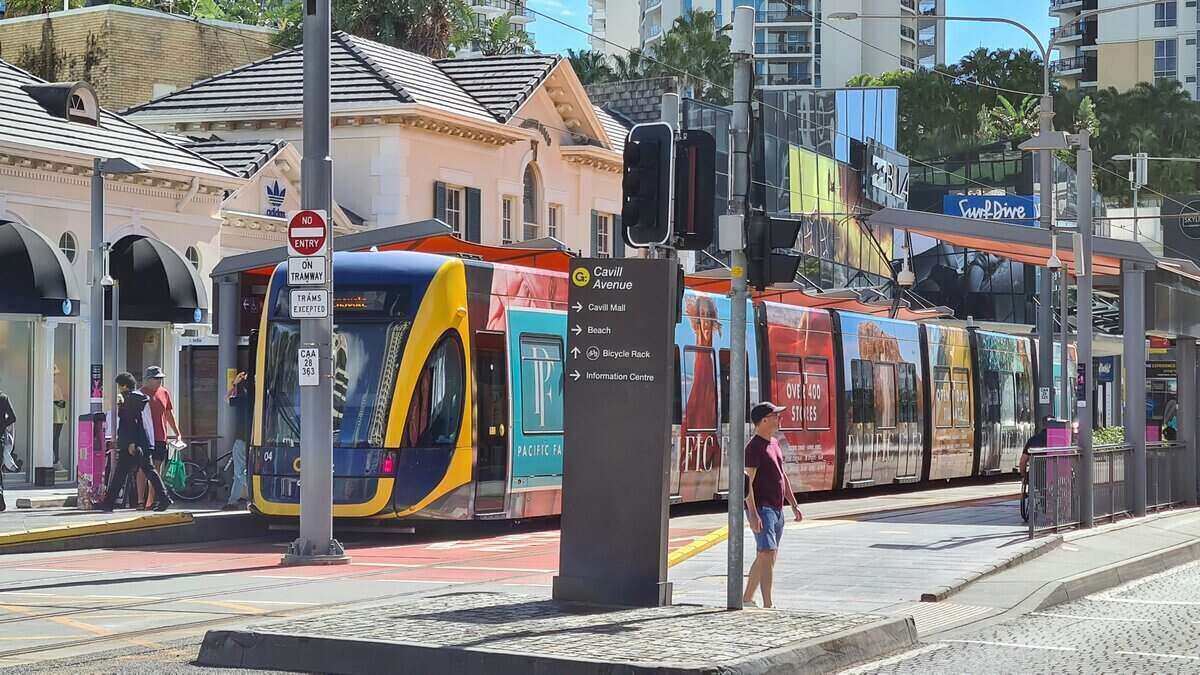You're not alone - with many Aussie motorists unsure of just what these different numbers mean and how they can translate to added performance, fuel economy and even engine degradation over time.
Filling up a tank of fuel can often be a chore for busy Aussies, but it's important to have a solid grip on what these different types of fuel are.
While there's some scientific jargon at play here, the basics are pretty accessible, while the benefits prove valuable for efficiency and reliability.
What really matters here are the numbers – you'll typically see 91, 95 and 98 at the bowser. These numbers are called the ‘research octane rating’, which is abbreviated as 'RON'.
A 'RON' rating maps out how likely that fuel is to ignite later inside the combustion chamber, otherwise known as 'knocking,' and illustrates how well the fuel resists burning too early inside the car’s engine.
To keep it as simple as possible, you want all those moving parts inside a vehicle's engine to run exactly as the manufacturer designed to keep things smooth and reliable. Knocking disrupts the engine's timing and can result in everything from a drop in performance, reduced fuel efficiency and potentially even severe mechanical damage.
Standard petrol is given a 91 rating, while premium unleaded is both 95 and 98. There are also two ethanol-based fuels – E10 and E85 – which are potentially more environmentally friendly options as they use a corn or sugarcane-based ethanol blend, instead of 100% refined oil.
Putting the wrong kind of fuel in your car could lead to worse fuel economy, power or worse - engine knocking, which could lead to catastrophic piston or cylinder head failure, leaving you stranded.
Let's guide you through the different types of juice you can use in Australia and how you can use these fuels to save money.
For the purpose of comparison, we'll be using fuel price data for Brisbane, sourced from the RACQ.
Standard unleaded petrol (91 RON)
Unleaded 91 petrol is the most common type of fuel in Australia. It's the standard brew for unleaded petrol that can be found at virtually every service station. Most cars will be able to drink 91, though it's not advised for high-performance engines and, depending on your engine tune, will likely prove less fuel efficient than higher RON-rated fuels.
The average ULP 91 price is 157.9cpl in May 2025.
Premium 95-octane unleaded (95 RON)
Premium unleaded 95 petrol (PULP 95) is a type of unleaded fuel that is designed to be more fuel efficient and cause a smoother engine operation. This translates to added performance over RON 91 and some potential fuel efficiency gains, too.
It is meant for use by imported and high-performance vehicles, but can be used by the majority of cars. Certain small-capacity turbocharged cars also mandate 95 RON at a minimum, as do many motorcycle engines.
It is usually a fair bit more expensive than ULP 91 – in Brisbane, the RACQ had PULP 95 at 173.9cpl in May, 2025.
See Also: Fuel Price Cycles Explained
Premium 98-octane unleaded (98 RON)
Sometimes referred to as Ultra Premium unleaded petrol (UPULP), 98-octane is the highest octane unleaded fuel you'll find at the bowser. As with PULP 95, it is best utilised by performance cars, with some engines tuned to run exclusively on 98RON, but that is mostly for high-powered, exotic performance models.
98 RON fuel can offer potential power increases but is most useful to ensure smooth engine timing and potential efficiency gains.
UPULP 98 is also slightly more expensive than PULP 95, but there can sometimes be a larger price jump.
The Brisbane average price for PULP 98 is 182.9cpl according to the RACQ.
E10, also marketed as 94-octane (94 RON)
E10 is an ethanol-based fuel, in that it’s 10% ethanol and 90% unleaded petrol. It has a higher octane rating of 94, which could result in better performance if your car is tuned for it. By choosing an E10 fuel, your money is partly supporting the Australian sugarcane or corn industry, so hoo-roo to that.
However, ethanol is less energy-dense, which often translates to slightly worse fuel economy, while there are reports that some engine components, specifically plastic and rubber parts of the fuel system can corrode from E10 fuel.
It's also annoying that many fuel stations seem to have done away with 91 entirely, and use only E10; some have also changed the colour of their nozzles so you're not sure what you're pulling up to until you read the numbers.
The average price at the time of writing for E10 is 155.9cpl, according to the RACQ's pricing for the Brisbane metro area.
To determine which one - 91 or E10 - is a better deal, you'll need to determine if the worse fuel economy is offset by the cost savings.
You'll also want to be absolutely sure your engine is happy to drink E10, which can be confirmed via the vehicle manual or often inside the fuel cap.
E85 - flex-fuel
The other ethanol option available is E85, a fuel often favoured by high-performance supercars and weekend warriors taking their vehicle to the track. It's also often called 'Flex Fuel'. E85 is a blend of 85% ethanol and 15% regular unleaded petrol, meaning that in addition to having better performance characteristics, E85 could have a slightly lower impact on the environment while supporting local industry. According to United Petroleum, E85 has an octane rating of 107.
Not all cars are compatible with E85, however some late-model V8 Holden Commodores and other performance vehicles can be filled up with the blend. However, don't expect the best fuel economy - it is less energy-dense after all.
It might be harder to find E85, and when you do, the scarcity could mean it's not that much cheaper than 91 fuel. Though if you're filling up with E85, you probably are using it for a specific purpose and don't really mind.
Diesel
Diesel stands out on its own as it's not actually a petrol. Both are refined from crude oil, but diesel is more energy dense and boils at a higher temperature.
The result is that, until recently, diesel cars were more efficient and had more torque, especially if they had a turbo, than equivalent petrol cars.
From the mid-2000s to the mid-2010s it seemed like diesel was the flavour of choice for small efficient passenger cars. It took until VW's 'Dieselgate' in 2015, and the rise of small petrol turbocharged engines and electric vehicles, to make people think twice about diesel.
You should never fill a petrol car with diesel or vice versa. It won't take you very long to find out you've made a grave mistake.
The price of diesel in the Brisbane metro area is currently 164.6cpl, according to the RACQ.
'Premium' diesel versus regular diesel
You might have noticed the rise of 'premium' diesel at the servo in recent years. The reality here is that, for the most part, premium diesel is a bit of a cash grab from the retailers - with no real difference over regular diesel.
Premium diesel has a few additives that likely won't affect the efficiency or power of your vehicle. Additives likely include a cleaning agent, rust inhibitor, and/or a foam inhibitor.
If you feel like your tank needs a clean out, then it probably won't hurt to fill up once with premium diesel, but for newer vehicles, this likely won't be an issue.
Can you swap the fuel you’re using?
This depends on your car, but generally, yes, you can use different fuels if you think one will be more fuel efficient or will result in better performance. Modern vehicles with a fuel mapping and injection system analyse which fuel you're using and often make small adjustments to ensure a smooth combustion cycle and to minimise knocking.
There is one exception, though: do not use a lower-rated fuel than the one recommended by the manufacturer.
It's also never okay to swap diesel and petrol variants.
What this means is that unless some joker has peeled or scratched it off, there should be something written on the inside of your fuel cap that will tell you the minimum octane rating you can use in your car, and the fuel type. If, for example, your car says 'minimum premium 95', then it is not recommended to use unleaded 91, as doing so can cause engine knocking and potentially engine failure. This isn’t guaranteed to happen of course, but you will probably experience a loss of power, acceleration and fuel economy over time.
Many modern cars are designed to be fueled with a variety of fuels safely, though manufacturers are usually explicit in saying that lower rated fuels will likely yield less performance and economy.
It doesn’t hurt your engine to use a higher rated fuel though, but it will hurt your back pocket. The question is whether you’d get any benefit out of doing so.
Which petrol should you use?
When it comes to the different fuel types, it’s the number that really matters – 91, 95 and 98. These numbers are called the ‘octane-rating’, and are an indication of how well the fuel resists burning too early inside the car’s engine.
Standard petrol is given a 91 rating, while premium unleaded is both 95 and 98. There are also two ethanol-based fuels – E10 and E85 – which are more environmentally friendly options.
Typically, an engine will enjoy drinking a higher RON-rated fuel type, though the difference can often prove marginal, at best.
Below is a summary of these petrol types, what they mean and how much they cost on average:
| Petrol/Fuel type | What it means | Avg. cost ($)/L |
| Standard unleaded (91) | The most common type of fuel, though less fuel efficient than the premium types. | $1.57 |
| Premium 95-octane unleaded | Designed to be more fuel efficient and give a smoother engine operation, which in turn, improves performance. | $1.73 |
| Premium 98-octane unleaded | Highest octane unleaded fuel, providing higher engine power and performance as well as less pollution | $1.82 |
| E10 | Ethanol-based fuel: 10% ethanol and 90% unleaded petrol. More powerful than standard unleaded petrol but the presence of ethanol does mean it can be slightly less fuel efficient and potentially damaging to plastic and rubber components. | $1.55 |
| E85 | 85% ethanol and 15% regular petrol. Powerful with less effect on the environment. | N/A |
| Diesel | For use in diesel cars only. | $1.64 |
Source: RACQ late May 2025
Can you save money with different fuel types?
The short answer: Yes.
The long answer: it can be tricky to determine how much you’re saving by using different fuels. There isn’t a fuel specifically designed to save the driver money - they’re designed to maximise the efficiency and power of different car models. E10 may be slightly cheaper, but using it in your car that’s unleaded-91 recommended could result in a lower fuel economy, negating any upfront cost savings and even potential engine degradation.
You might pay a few bucks less at the bowser, but end up with fewer kilometres per tank. Likewise, if you're spending extra on a higher-rated RON fuel hoping to increase your mileage, you might be a little disappointed.
How to Save Money on Fuel
There's no shortage of fuel saving hacks out there, but the truth is that many will not make a noticeable difference to your budget.
What you can do, however, is conduct a test run using the various types of fuels and see how many more kilometres you travel or how long it takes until you have to go back.
The general rule of thumb is: the difference in fuel efficiency is about 1% per octane rating – 91 and 95 unleaded fuels, for example, have roughly a 4% difference. If there is a lesser price difference between the two, then it's highly likely that it's worth switching.
If you haven’t noticed any major differences and still want to save money on fuel, then try some of the following:
- Switch your engine off when you’re idling or waiting for someone/something, or invest in a car that does this automatically in traffic
- Maintain a steady speed and drive smoothly
- Use cruise control on long trips
- Ensure your tyres are inflated properly (correct PSI/KPA should be in the owners' manual or labelled inside the driver's door)
- Remove excess weight (don’t keep heavy objects in the boot if they’re not essential)
First published on November 2019
Image: Marek Studzinsky via Unsplash

.jpg)


 Denise Raward
Denise Raward
 Harry O'Sullivan
Harry O'Sullivan